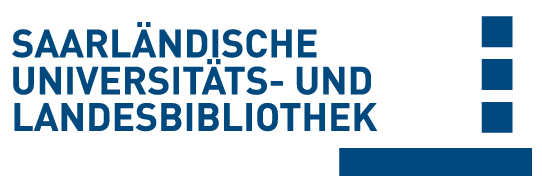Bitte benutzen Sie diese Referenz, um auf diese Ressource zu verweisen:
doi:10.22028/D291-42482 | Titel: | Trends in the Development of Diagnostic Tools for Red Blood Cell-Related Diseases and Anemias |
| VerfasserIn: | Kaestner, Lars Bianchi, Paola |
| Sprache: | Englisch |
| Titel: | Frontiers in Physiology |
| Bandnummer: | 11 |
| Verlag/Plattform: | Frontiers |
| Erscheinungsjahr: | 2020 |
| Freie Schlagwörter: | point of care functional screening physico-chemical properties mobile laboratory sickle cell disease personalized medication artificial intelligence |
| DDC-Sachgruppe: | 500 Naturwissenschaften |
| Dokumenttyp: | Journalartikel / Zeitschriftenartikel |
| Abstract: | In the recent years, the progress in genetic analysis and next-generation sequencing technologies have opened up exciting landscapes for diagnosis and study of molecular mechanisms, allowing the determination of a particular mutation for individual patients suffering from hereditary red blood cell-related diseases or anemia. However, the huge amount of data obtained makes the interpretation of the results and the identification of the pathogenetic variant responsible for the diseases sometime difficult. Moreover, there is increasing evidence that the same mutation can result in varying cellular properties and different symptoms of the disease. Even for the same patient, the phenotypic expression of the disorder can change over time. Therefore, on top of genetic analysis, there is a further request for functional tests that allow to confirm the pathogenicity of a molecular variant, possibly to predict prognosis and complications (e.g., vaso-occlusive pain crises or other thrombotic events) and, in the best case, to enable personalized theranostics (drug and/or dose) according to the disease state and progression. The mini-review will reflect recent and future directions in the development of diagnostic tools for red blood cell-related diseases and anemias. This includes point of care devices, new incarnations of well-known principles addressing physico-chemical properties, and interactions of red blood cells as well as high-tech screening equipment and mobile laboratories. |
| DOI der Erstveröffentlichung: | 10.3389/fphys.2020.00387 |
| URL der Erstveröffentlichung: | https://doi.org/10.3389/fphys.2020.00387 |
| Link zu diesem Datensatz: | urn:nbn:de:bsz:291--ds-424827 hdl:20.500.11880/38124 http://dx.doi.org/10.22028/D291-42482 |
| ISSN: | 1664-042X |
| Datum des Eintrags: | 30-Jul-2024 |
| Fakultät: | NT - Naturwissenschaftlich- Technische Fakultät |
| Fachrichtung: | NT - Physik |
| Professur: | NT - Prof. Dr. Christian Wagner |
| Sammlung: | SciDok - Der Wissenschaftsserver der Universität des Saarlandes |
Dateien zu diesem Datensatz:
| Datei | Beschreibung | Größe | Format | |
|---|---|---|---|---|
| fphys-11-00387.pdf | 1,84 MB | Adobe PDF | Öffnen/Anzeigen |
Diese Ressource wurde unter folgender Copyright-Bestimmung veröffentlicht: Lizenz von Creative Commons


